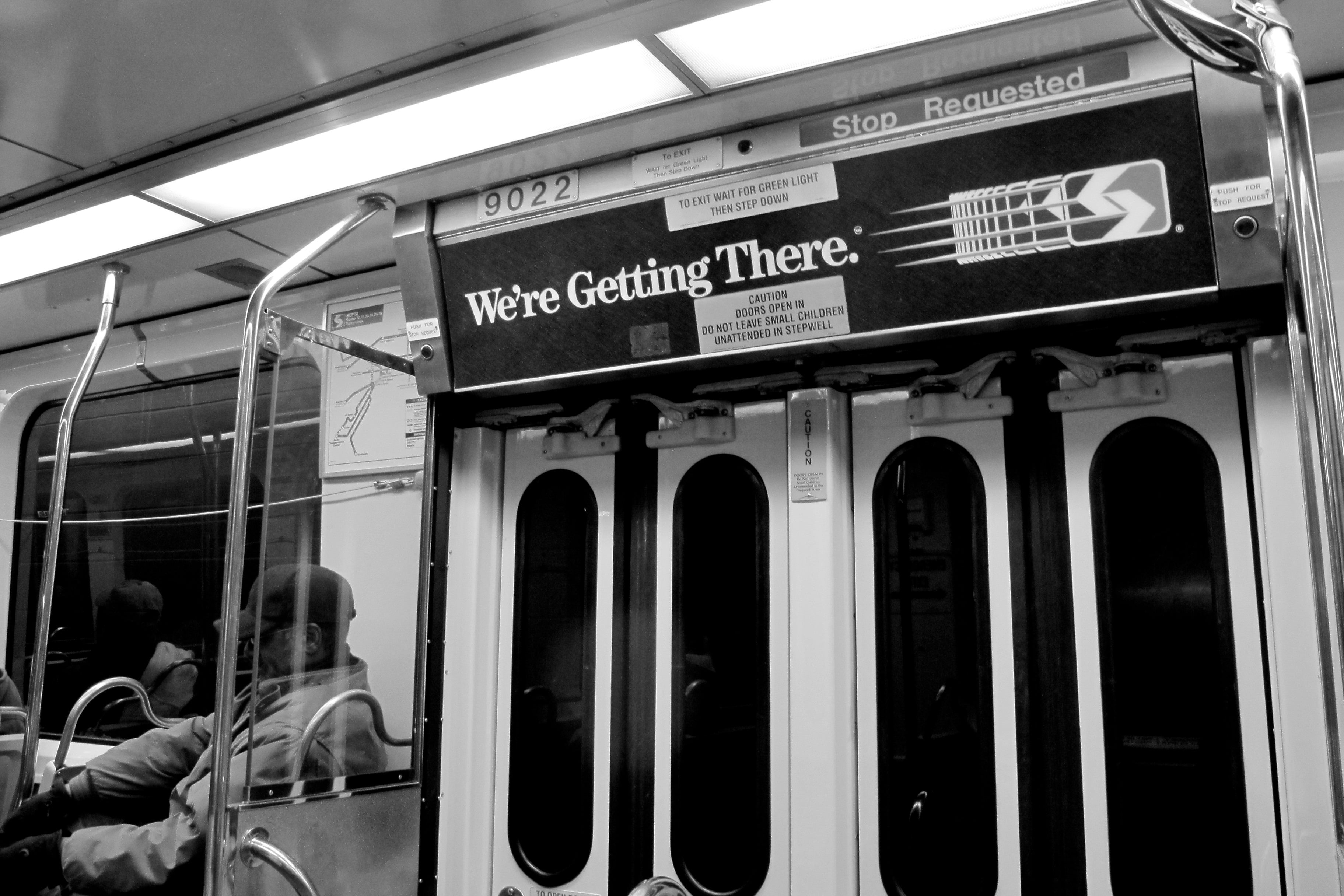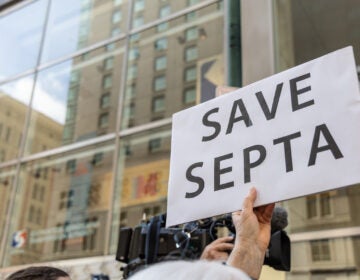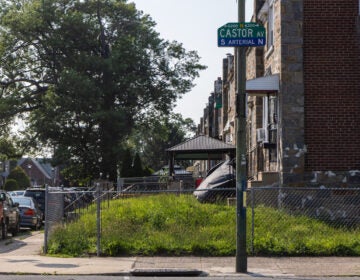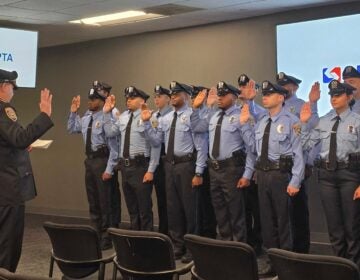Tracking transit in 2012

SEPTA new payment technology – It’s getting here
SEPTA’s smart cards – or lack thereof – have made the PlanPhilly yearend roundup in the past.
Official word is that it’s getting here. By mid-January, SEPTA hopes to complete the design phase, and in September 2013, SEPTA plans to launch the cards – aka new payment technology – on the subway, buses and trolleys.
In 2011 PlanPhilly reported on funding for the project, and in 2012, we got a peak inside SEPTA’s NPT test facility on the 18th floor of its 1234 Market Street headquarters. When complete the storage room turned test facility, will be a kind of Noah’s Arc of the smart card system and will house two of every NPT component – from the turnstiles to the vending machines and back end computer systems.
The smart cards will completely replace the token-based system and will used contactless technology. Subway, bus and trolley riders will simply “tap-in” where they currently pay cash or tokens. SEPTA is still working out some of the details regarding how regional rail riders will pay. Riders will be able to use SEPTA-issued cards or credit and debit cards with contactless technology.
Silverliner V, sizing up passenger experience
This year marks the third year SEPTA’s new Silverliner V trains have made PlanPhilly’s year-end roundup. In 2010 and again in 2011, PlanPhilly reported on the inaugural run and on the $274 million project’s much discussed delays.
In 2012, now that most of the 120-car fleet is in service, PlanPhilly was able to look at customer satisfaction, which SEPTA said was the focus all along.
For the most part, regional rail passengers reported they were happy with the new trains. Some riders listed the internal TV monitors, LED displays and improved acceleration as benefits of the new trains.
Still, some said the new seats are more uncomfortable and that the automated voice announcing stops and transit connections can be irritating, especially at stops like Market East Station, which has several connecting transit options.
Crowding on the trains is still an issue. SEPTA officials said the crowding is due to increased ridership, not the trains themselves. Though the new Silverliner Vs have 109 seats, 11 fewer than the Silverliner IVs, the full 120-car Silverliner V order will replace 73 Silverliner IIs and IIIs. Even with fewer seats per car, more cars will mean more seats in the SEPTA regional rail fleet.
The next question will be when SEPTA will consider replacing the 231 Silverliner IVs, which are now 36 to 38 years old.
Dilworth Plaza pedestrian concerns
This fall, we reported that the construction around Dilworth Plaza is creating a no-pain, no-gain situation for pedestrians trying to walk around City Hall.
The $50 million Dilworth Plaza construction project began nearly one year ago and will continue through the spring of 2014. During construction the entire west side of City Hall has been blocked off – including sidewalks and some of the stairs to the subway and trolley lines below.
Though a major goal of the project is to improve the pedestrian experience, several people on the street today said they are annoyed by the sidewalk and transit access obstructions.
Paul Levy, Center City District president and CEO, said that CCD has tried to alleviate confusion with signage, a press release and cards showing alternative routes around the project. Ultimately, he said, “Cities are about change, and sometimes change has minor inconvenience.”
Five years later, 40th Street Bridge opens
PlanPhilly has been reporting on the closed 40th Street Bridge for four years. That might change now that, after five years of closure, the bridge linking West Philadelphia’s Parkside and Mantua neighborhoods opened to traffic.
The bridge is one of three bridges connecting the two neighborhoods, and for years the bridge and the neighboring 41st Street Bridge has been closed.
PlanPhilly has reported on the frustration this caused in the divided neighborhoods, the attention it received from the City and the lengthy construction process. This November we reported that the bridge opened a month ahead of schedule.
Next focus will switch to the 41st Street Bridge. In September William Gural, Streets Department chief of construction, said construction might begin in late 2013 and take approximately two years. As with the 40th Street Bridge, the project is complex in large part because the bridge crosses active, electric rails, which carry some of SEPTA and Amtrak’s busiest routes.
Plans for 40th Street Trolley Portal
Further south on 40th Street, plans are underway to overhaul the 40th Street Trolley Portal – the now vast swath of concrete that the 11, 13, 34 and 36 trolleys pass through as they leave or enter the tunnel to and from Center City.
In November University City District unveiled early stage plans for the project that will create a green plaza, improved pedestrian safety measures and, potentially, a café or restaurant.
The portal is SEPTA’s second busiest trolley stop in University City. In 2010 it had an average of 3,377 riders per day.
UCD Executive Director Matt Bergheiser said if there are 1,000 steps to take in completing the portal project, UCD, SEPTA and the City have taken about 100 – but, he said, they are an important 100.
Bergheiser said the project might cost roughly $3 million and that UCD has committed $650,000 to the first phase, which he hopes will begin in 2013.
Contact the reporter at cfisher@planphilly.com
WHYY is your source for fact-based, in-depth journalism and information. As a nonprofit organization, we rely on financial support from readers like you. Please give today.






